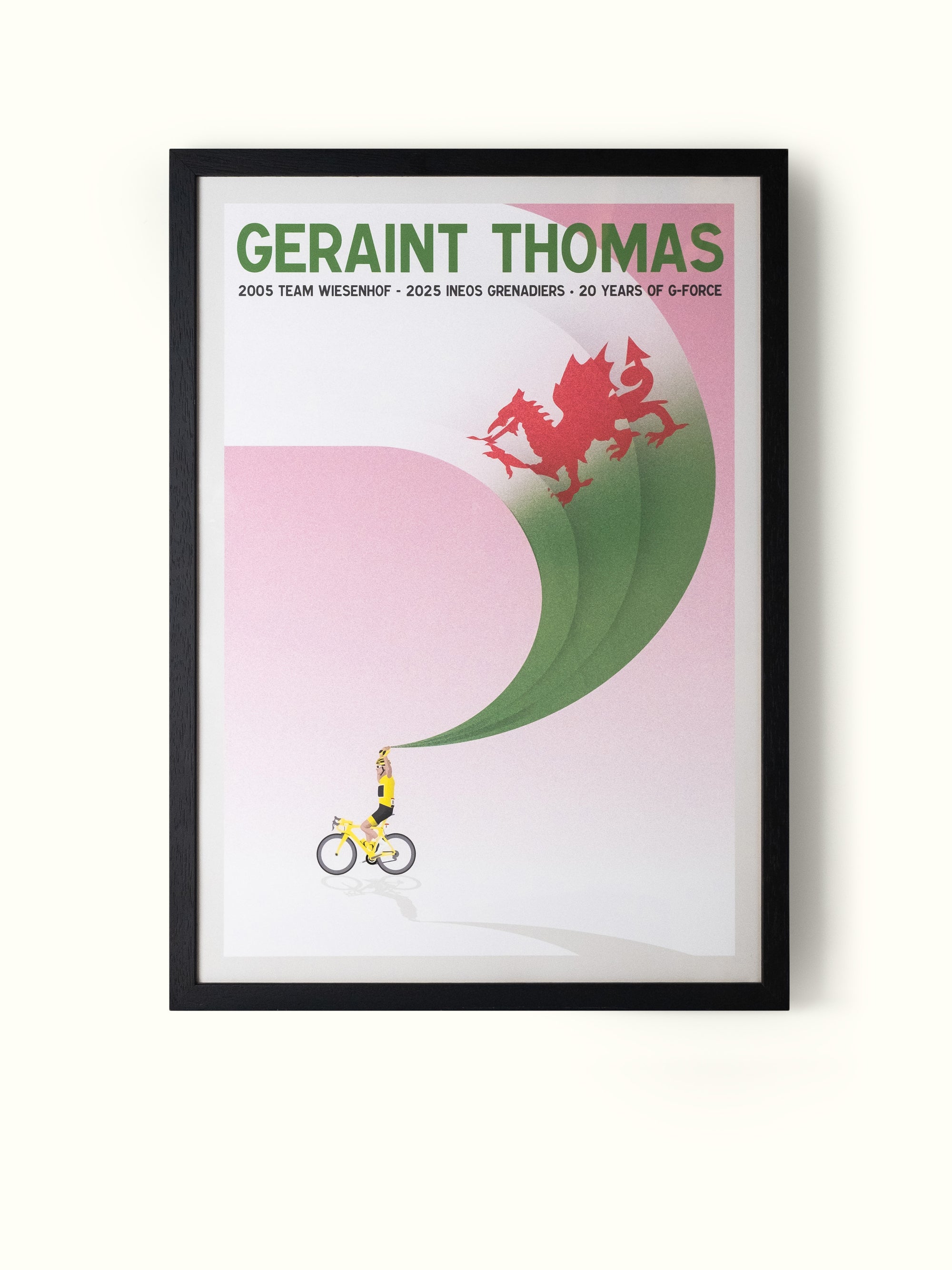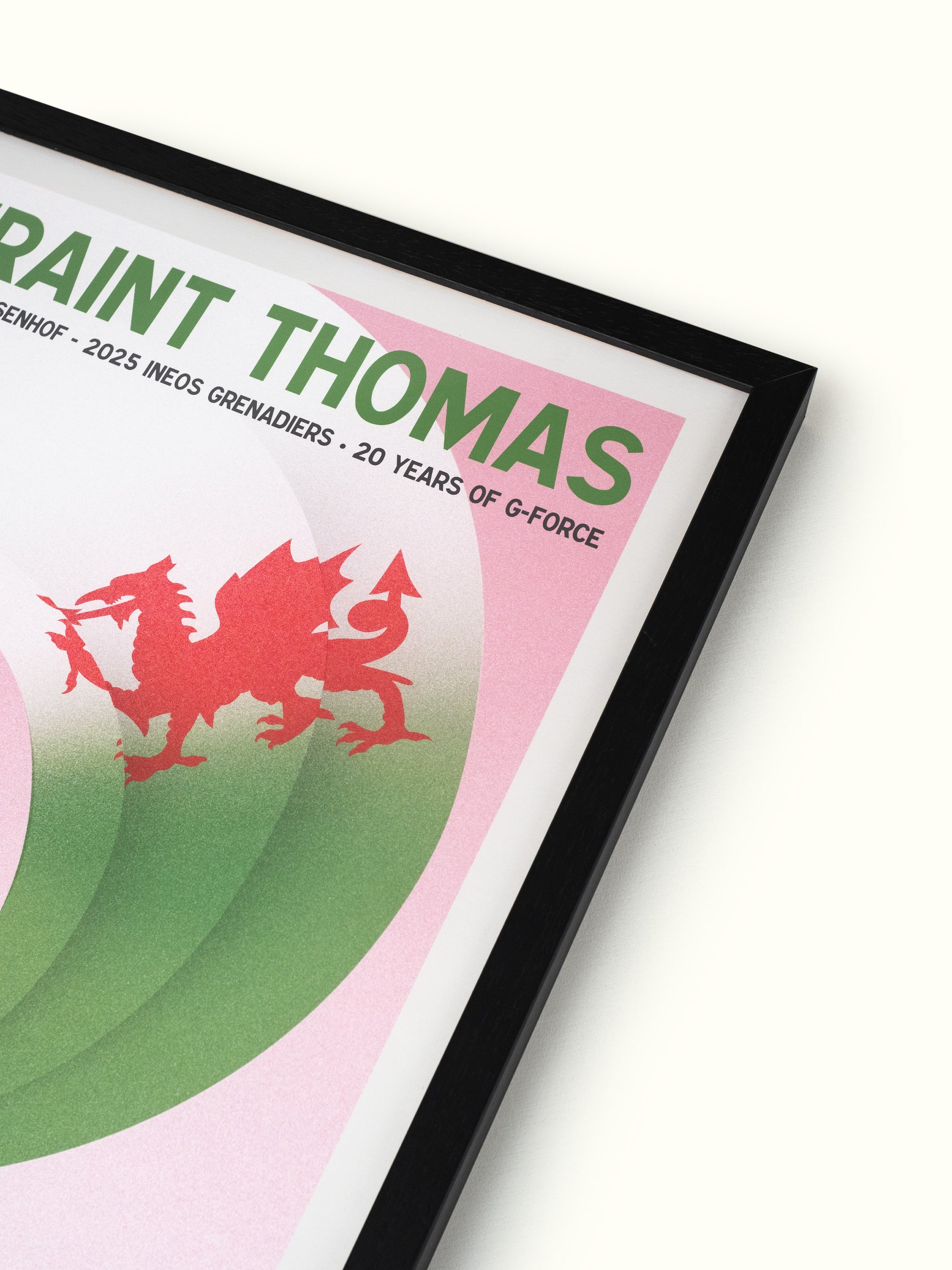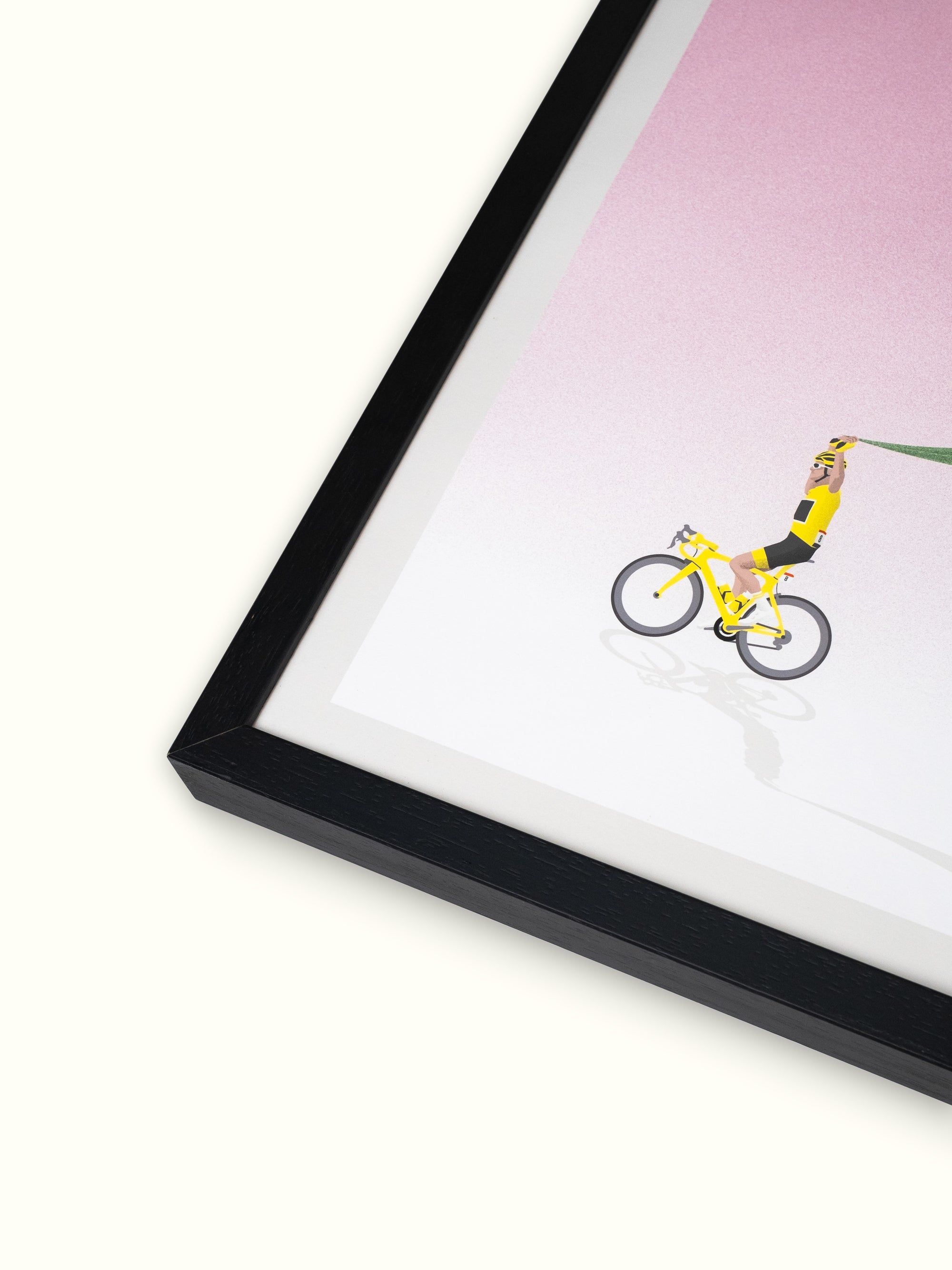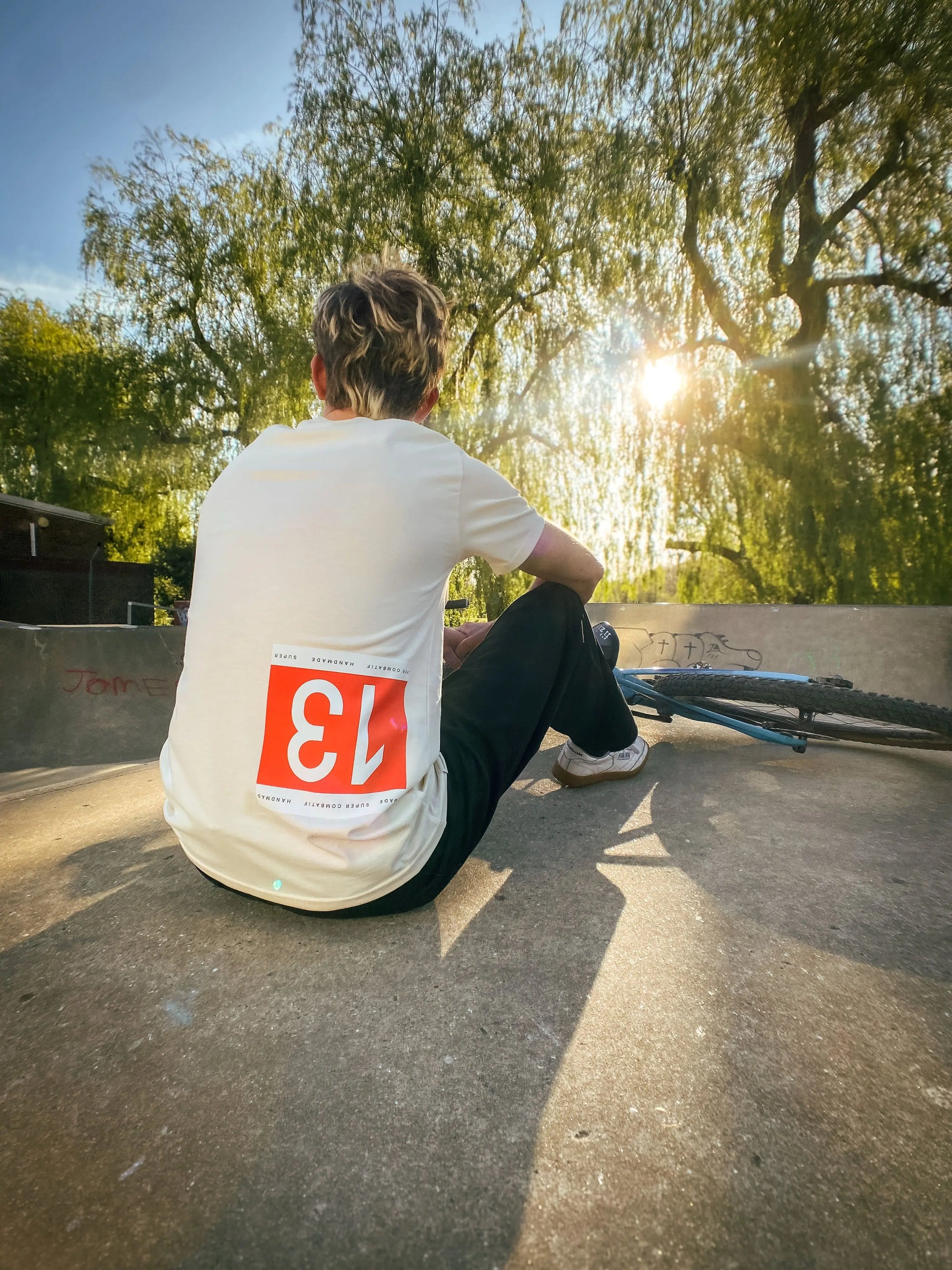The greatest show on two wheels is back: three weeks of pure, unadulterated cycling drama. Here at HMC, we live for these three weeks. Watching the strategic chess match unfold, willing on budding breakaway artists who roll the dice against the odds, looking for a career-defining win.
It's more than just a bike race; it's a daily soap opera and, if we're not making a trip across the Channel to cheer from a french roadside, you can bet we'll be tuning in to every day's action.
To help ensure you're Tour ready we've gathered a specially curated collection, celebrating everything that makes the Tour de France legendary.
LES MAILLOTS DU TOUR - THE JERSEYS
The now iconic yellow jersey (Maillot Jaune) was first introduced part way through the 1919 Tour. The idea was to make the race leader more easily identifiable than the barely noticeable strip of cloth tied round the arm, that had been used previously. Yellow was chosen because the sponsoring newspaper, L’Auto-Vélo, was printed on yellow paper. C'est très simple.
The King of the Mountains was the second classification officially recognised by the Tour in 1933, but the polka dot jersey (Maillot à Pois) was not introduced until 1975, the red on white a reflection of the packaging used by the sponsor, Chocolat Poulain.
The green jersey (Maillot Vert) was debuted in 1953, the Tour's 50th edition, to signify the leader of the points classification. Its colour was a nod to its sponsor, La Belle Jardinière, a lawnmower company.
TOUR DE FRANCE INSPIRED APPAREL
The Prix Combatif, or 'super-combativity' award, a daily competition to reward the most attacking rider of the stage - with a daily cash prize and the chance to wear the iconic red dossard (race number) the following day.
QUEEN STAGES & PIVOTAL MOUNTAIN PASSES
The real legends aren't just the riders, but the mountains they're made to summit. Take Alpe d'Huez with its 21 hairpin bends, each one a monument to a past stage winner, it's a climb that guarantees drama. It's not just a physical test, it's a mental one, with crowds lining every meter, creating an atmosphere unlike anywhere else. Famously, in the 1952 Tour, Fausto Coppi launched a devastating attack here, dropping everyone, leading to the first-ever Alpe d'Huez stage win and solidifying his "Campionissimo" status. Winning here often marks a rider as truly special.
Then there’s the iconic Mont Ventoux, the "Giant of Provence." A barren, lunar-like landscape at its summit, it's mercilessly exposed to the elements. The climb is a brutal, relentless grind, famous for its heat and wind, stripping riders of their will as much as their strength. It's seen incredible victories and heartbreaking collapses, none more legendary than the day in 1994 when the Italian powerhouse Eros Poli, a self-proclaimed non-climber and lead-out man for sprinters, defied all logic by soloing over the Ventoux to win the stage. It was a testament to sheer grit and audacious planning, a moment that perfectly captures the Tour's unpredictable magic.
LE TOUR, THROUGH THE AGES







































































































































































